What to look for when choosing a chef's knife?
A chef's knife, also known as a French knife, is a larger knife originally used by chefs and butchers in order to separate meat from hinge joints. It became a popular prop in horror movies, where he received "butcher knife" label. However, the butcher knife was originally known as a meat cleaver.
In recent years, the chef's knife has become multi-purposed and very popular knife among many chefs in restaurants, but it has also found its place in ordinary households. Thanks to its ability to cut meat into cubes, slices or chopped pieces, it has become a perfect assistant to any kitchen. Below, you can find out what you should look for when buying a chef's knife.
To have a sharp knife is important!
It is clear, you need a sharp knife in order to prepare the food. However, some people forget about it. They do not realize that only sharp knife guarantees safety during work. Many beginners in cooking avoid sharp knives - especially larger knives - because they are afraid of they will cut their fingers or injure. We should always keep safety in mind. A blunt knife is greater risk than using a very sharp knife. You can read more about knife sharpening in our next article.
Knife blades in western and asian countries
You may probably not know, but chef's knives are constructed differently in western countries (e.g European countries or North America) in comparison to Asian countries. The main difference is in their design: while "western" knives have their edge sharpened at a 20 degree angle, "asian" knives are sharper with a 15 degree angle. Given what we have already said that sharper knives are better, logically, we suggest you Asian models with a sharper blade angle. Of course, you can always sharpen the American/European blade to a sharper angle, for example with an electric grinder. It is important to note, each knife should be sharpened at the angle recommended by the producer.
Knife strength is important
Probably, you don't want to be worried about broken or bended knife during cooking. Undoubtedly, the knife should not be damaged when push on it. For this reason, you should choose the one made of strong metal. You can read how to choose the right knife here. High carbon metals are generally quite strong (stronger than stainless steel), but each type of metal is slightly different. When looking for a strong knife, we suggest you to take it into your hands. You will see if it is too heavy. You don't want your knife to be too heavy, as it would harm your wrist when slicing the onion. You would probably feel weakness in your hand. However, heaviness means strength, so try to find the right weight of your knife. Next, try to bend the blade. If the blade bends, even for the smallest piece, return the knife immediately. Don't even bother with such a knife - it will disappoint you.
Knife grip
A strong, stable and comfortable grip is extremely important when working with any knife, especially a larger knife. When working with a kitchen knife, you will often work with your fingers near the cutting edge of the knife. It is important to keep your knife under control when using it. Nobody wants to cut their fingers. You may think it can't happen to you, but it can ... Even qualified and experienced chefs had accidents with few stitches on their hands.
When slicing onions, tomatoes, potatoes or garlic, it is not such a surprise, your hands are sticky and moist. This is caused by juices from the food. These also affect your ability to grip the knife effectively. Therefore, when choosing a knife, look also on the material from which the handle is made. The knife should sit comfortably in the hand and thus minimize the possibility of slipping.
Flat or curved?
You may have noticed, some chefs' knives are flat and some are curved. We strongly recommend you knives with a small curvature. The curve is what will help you control the knife during various manipulations with it. In fact, one of the most basic techniques (rolling technique) depends on this curve.
Subscribe to the newsletter
Are you interested in this article? Join other news subscribers using the form below and get the first information about news, promotions or exclusives!
We recommend from the category Chef's knives
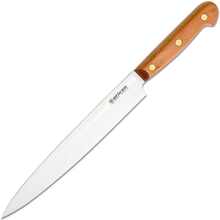
BOKER COTTAGE-CRAFT Kitchen knife 22cm (130498) brown
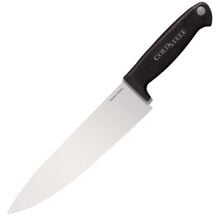
Cold Steel Chef’s Knife Kitchen knife 20.3 cm
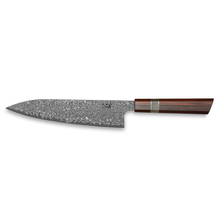
Xin Cutlery XC120 White Buffalo Horn and Rosewood Japanese knife 22.5cm
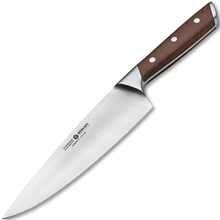
Böker Forge Wood Chef Knife 20 cm 03BO511 Wood
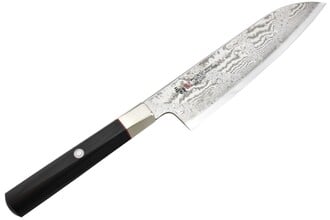
MCUSTA HZ2-3003DS Splash Hybrid Santoka 180 mm
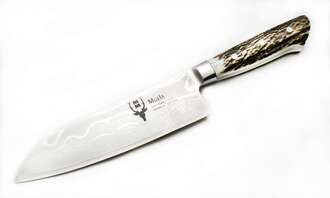
Mula knife

Xin Cutlery XC137 Stabilized Maple Burl Chef knife 20,5cm


























































































































































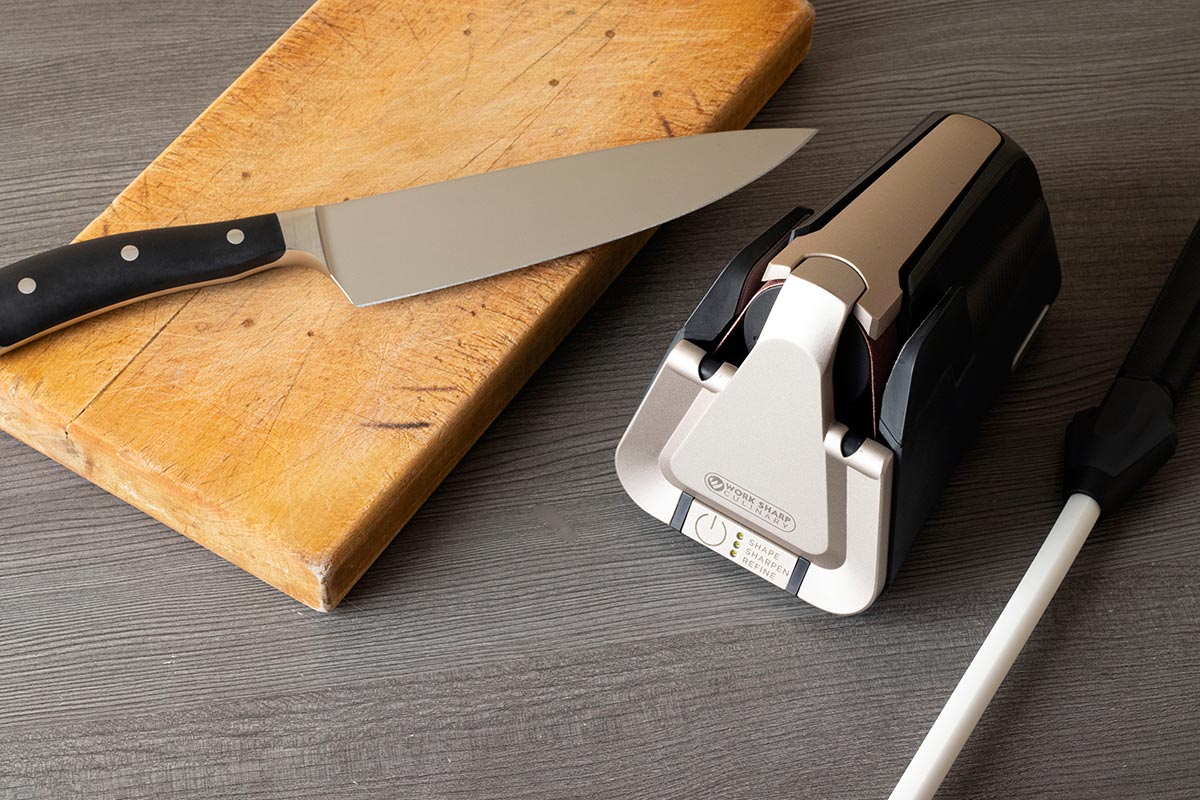
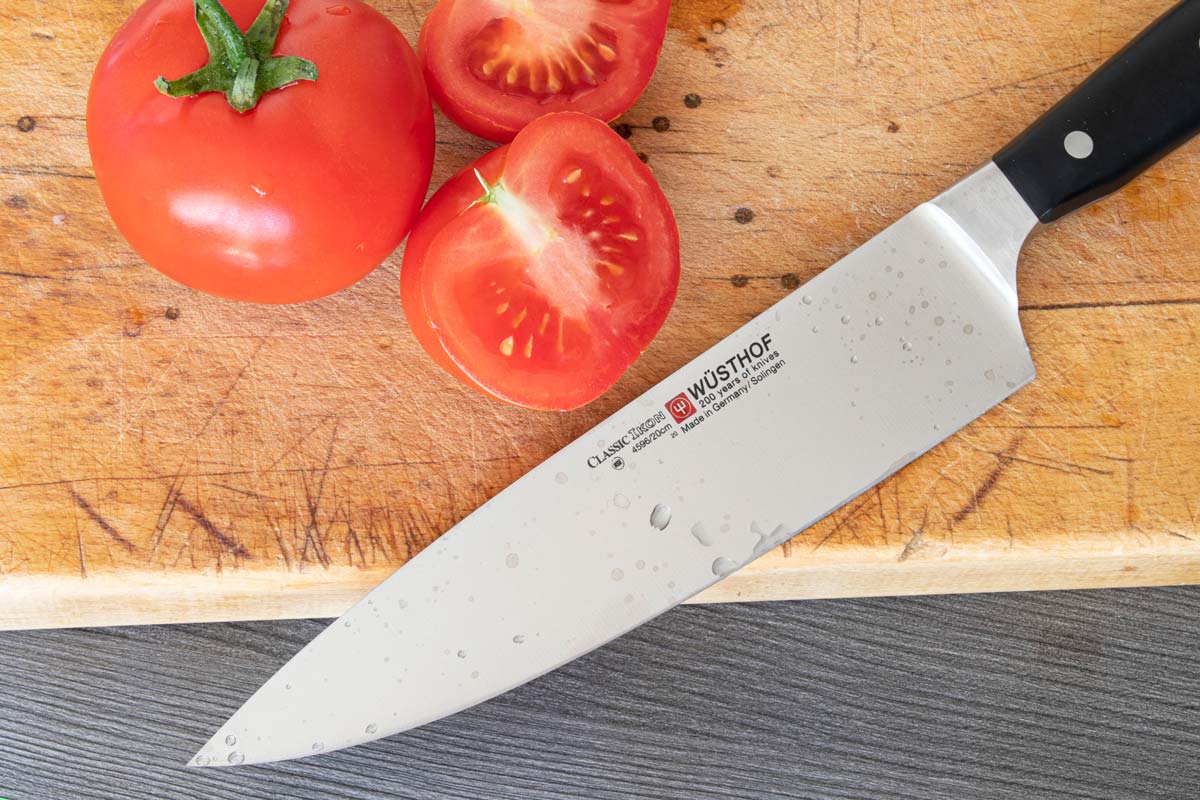

 Slovakia
Slovakia  Czech Republic
Czech Republic  Austria
Austria  Germany
Germany  Hungary
Hungary  Romania
Romania  Poland
Poland